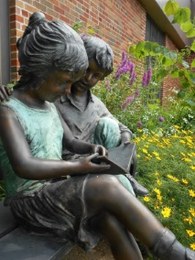Blackburn College
Blackburn College (700 College Avenue)
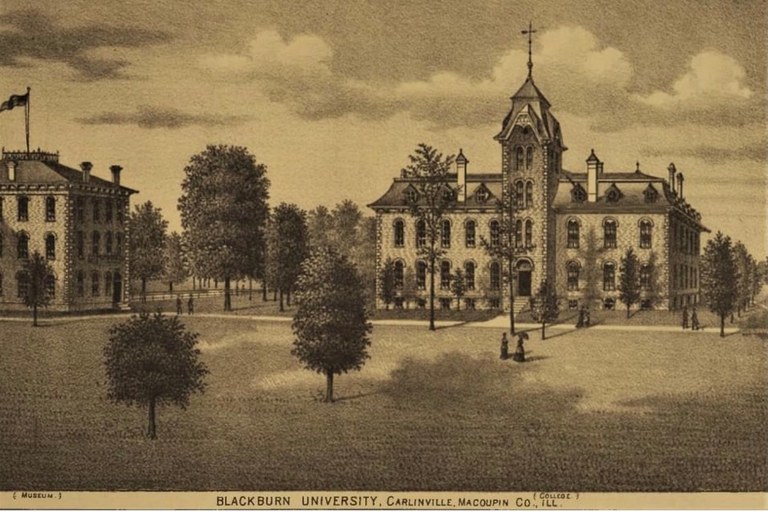
Early illustration of Blackburn University
Established in 1837 and one of the oldest colleges in Illinois, Blackburn college was named for the Rev. Gideon Blackburn, a Presbyterian minister who helped raise funds for the school. Blackburn is a four-year private liberal arts college. From 1837 until 1864, the school only admitted male students. During 1864, the first woman attended Blackburn, and thus radicalized the movement of admitting female students.
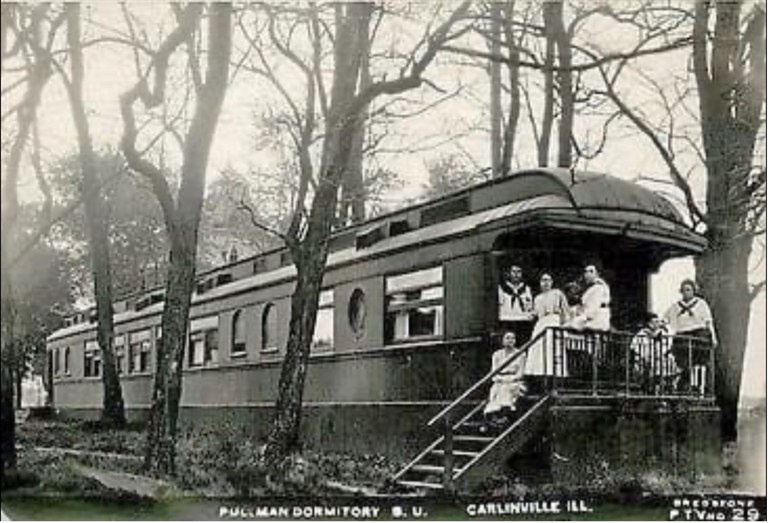
Pulman railroad cars were donated, installed and used as female dormitories circa 1915.
Blackburn is known for its unique student work program, first instituted in 1913 as a means to provide access to higher education to individuals with academic ability but who lacked financial stability. Many of the buildings on campus were built by the students themselves. As of 2020, all residential students work 160 hour each semester (10 hours/week) in partnership with faculty and staff to help provide all services essential to college operations and in return receive a tuition credit. This program helps to keep Blackburn the least expensive private college in Illinois. Blackburn is one of only seven work colleges in the United States and the only one where the work program is student run.
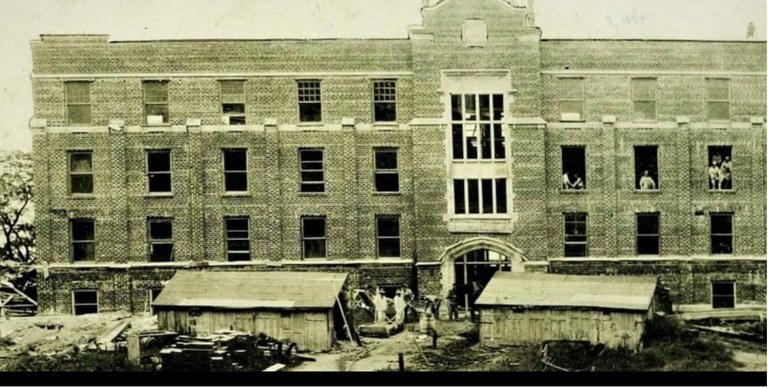
Stoddard Hall construction built by student work program in 1924.
A Beekeeping Program offers a one-of-a-kind opportunity for students interested in honey bees. Aside from maintaining apiaries for classroom and laboratory use, students also gain hands-on experience performing feral colony relocations, swarm captures, and long-term monitoring of hive data --- all while promoting chemical-free beekeeping. The college is a certified Bee Campus through the Xerces Society.
Blackburn’s ties to bees goes back to the original studies of Professor Dr. Charles Robertson, who is credited for carrying out the single most intensive study of flower visiting insects in a specific area, which was within a ten-mile radius of Carlinville. Extensive information about Dr. Robertson and his amazing horse and carriage day studies can be found in a 221 page book he wrote and was published in 1928, “Flowers and Insects”. Dr. Robertson’s home, where the samples were collected, studied, and named, still stands on Orient Street in Carlinville.
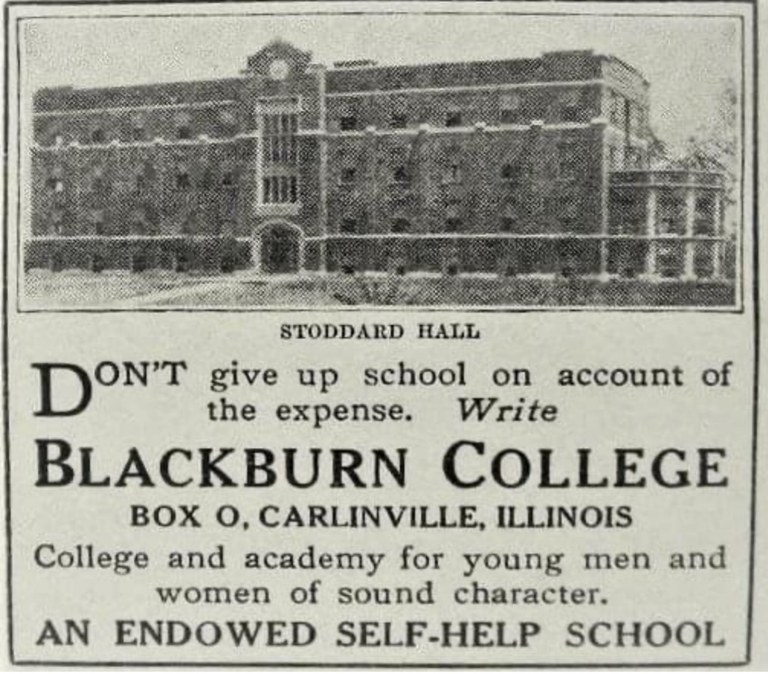
1925 Advertisement for Blackburn College
NEXT: Blackburn Solar Array (1100 block of University Street)
